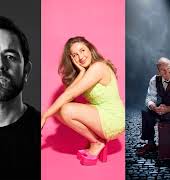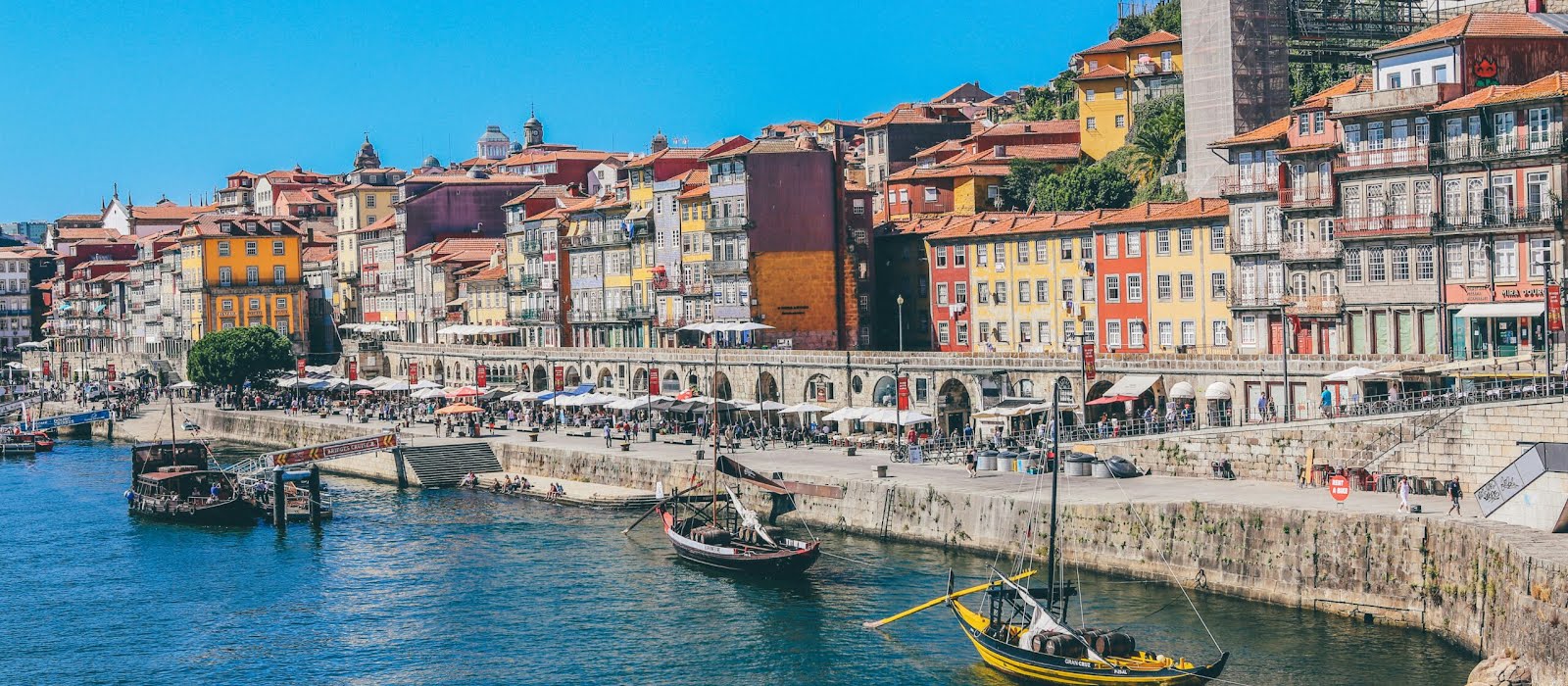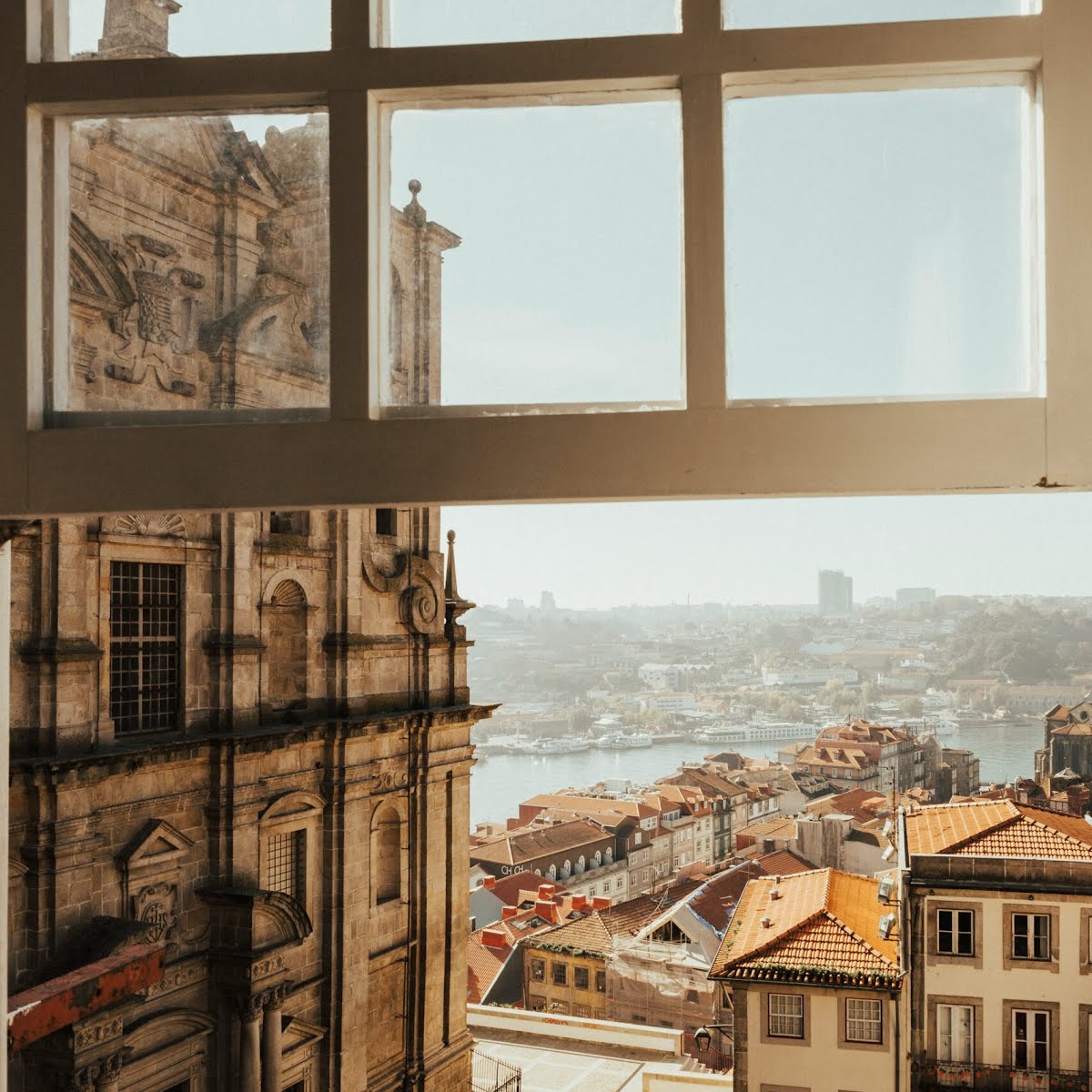Portugal’s second-largest city is still relatively off the radar compared to high-octane cousin Lisbon, but its creative energy and laid-back vibe is giving the capital a run for its money.
Relaxed, arty and beautifully rough around the edges, Porto is the cooler northern cousin to Lisbon’s hip, urban scene. Sited along the estuary of the Douro river, Portugal’s second-largest city is known historically for the export of port. The north has always been a productive region – it has the strongest textile industries in Europe – and the phrase “Porto makes while Lisbon spends”, or the variation “Porto works while Lisbon parties”, are often shared by older locals. But today, it is the city’s creative edge that is attracting people from around the world to visit or to relocate to this vibrant area.
One of the reasons for Porto’s creative edge is its distance from Lisbon (about 300km). Until the Carnation Revolution in 1974-1975, the country was held under a repressive dictatorship which meant there was little artistic freedom in the capital. In Porto, there was more freedom for artists fostering a creative culture well before the city was named European Capital of Culture in the early 2000s, leading to increased investment in the arts that can be felt on many of the winding streets.
These winding streets of the old town, Ribeira, with their medieval houses that hug the steep riverbank slopes, have earned the city its UNESCO World Heritage status. When the sun shines, this area is thronged with visitors sipping a Porto tónico (white port and tonic, garnished with an orange slice and mint) and considering whether to walk across the impressive Ponte de Dom Luís I bridge or visit a port wine cellar on the opposite banks of the Douro river in Gaia.
Despite the majesty here, it is behind this area that the city gets even more interesting. Before leaving it, however, visit La Paz (lapaz.pt, @lapaz_diary), one of the most unusual retail spaces I have ever encountered. Tucked away on a narrow side street, the shop inhabits what was once a pharmacy – with the entrance and façade preserved as just that.
Duck through the second door to find cork ceilings, exposed stone walls, cathedral-shaped glass display cases and windows that open up to a view of the Douro river, just below. It is the perfect backdrop to present menswear labels by José Miguel de Abreu and André Bastos Teixeira, which take inspiration from the Atlantic and Portuguese fishing culture. Their model is a local man whose grey hair, weathered face and intense gaze make for breathtaking images and I can’t resist investing in a beige wool sweater and the softest grandfather shirt for myself.
When you do pull yourself higher up the banks of the river, it’s time for the blue azulejo tiles to shine, juxtaposed with crumbling narrow buildings with rusting balconies that are seemingly being held up by neighbouring buildings. To get the best views of the stunning azulejos, book a tour with Peter of Peter’s Beetle Tours (petersbeetle.pt) and be whisked around the city in his 1974 convertible Beetle from the São Bento Railway Station to the Porto Cathedral and the many, many churches which feature these most Instagrammable facades.
In this city, there is no shortage of great places to stay (set amongst the port cellars of Gaia there is the luxury Yeatman Hotel and the unique House of Sandeman). We base ourselves in the Torel Avantgarde (torelavantgarde.com). On a previous visit, we stayed in the Condes de Azevedo Palace, perfect for a working holiday with spacious family- and dog-friendly apartments.
Set high on the banks of the Douro, art is at the centre of Torel Avantgarde with local artists and materials celebrated throughout the hotel and each custom-designed bedroom dedicated to an avant-garde artist. At night, the passing boats and twinkling lights below add a magical feel to dinner at the hotel’s very appealing Digby restaurant. Within a five-minute walk you are in the city’s Bairro das Artes, the arts neighbourhood. Make your way to Rua do Rosário which, on first glance, seems a little rough around the edges until it unfurls to show off galleries, concept stores and artist studios, ensuring you won’t want to venture further.
Patch Lifestyle Concept Store (@patch_porto) offers vintage designer finds alongside interior decor gems. Up the street you’ll find the industrial but welcoming Early Made, a space dedicated to fashion and lifestyle, which is also an artistic platform. Expect a curated collection of brands that all have “one foot in Portugal, whether in terms of material, design or production”. Early Made (@earlymadecedofeita) was established by siblings Patrícia and Emanuel de Sousa, who started with Rosa Et Al Townhouse (@rosaetaltownhouse), a beautifully restored guesthouse. The duo – she an economist, he an architect – also set up a kitchen, Early, and we enjoy lunch of Portuguese creations with Mediterranean influence in a relaxing courtyard.


At Ó! Galeria (@ogaleria), Ema Ribeiro focuses on showcasing illustrations by mostly young and promising artists. The Ó! Cerâmica project runs alongside it as a gallery dedicated to ceramics with workshops and studio space. A few steps away, at Cru Creative Hub (@cru_creativehub), store manager Viginia will introduce you to over 53 independent designers they support, all of whom make their products in Portugal. Around the corner, Banema Studio (banemastudio.pt) is a concept store designed for those interested in architecture and design. It has a wide range of brands, including homewares designer Christian Haas who relocated to Porto, and runs regular textile and craft workshops.
One of the pre-eminent architectural and cultural institutions in Portugal is the Serralves Foundation (serralves.pt), home to an art deco villa, a park dotted with classical statues and pop art sculpture and the Museum of Modern Art. Situated outside the downtown area, the low-slung, U-shaped white structure was designed to mesh with the low, rolling landscape by Pritzker Prize-winning architect Álvaro Siza Vieira, a founder of the Porto school. The space attracts international artists of the highest repute and it is no wonder it is one of the most visited spaces in Portugal.
It is an easy place to spend a day before taking a tram to the upscale enclave of Foz, home to the Vila Foz hotel, where another of Vieira’s masterpieces is on show: the Tidal Pools or Leça da Palmeira’s Piscinas de Marés. Designed by Vieira in 1966, the pair of seawater pools emerge from and disappear into the coastline’s jagged granite outcroppings with the tide. To make it a “Vieira hat trick”, visit Casa de Chá da Boa Nova restaurant, one of his first designs. Under chef Rui Paula, who also delivers gastronomic excellence with DOP in Ribeira, it has a Michelin star and incredible coastal setting.
























